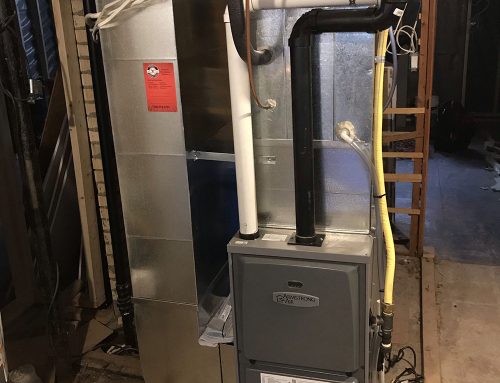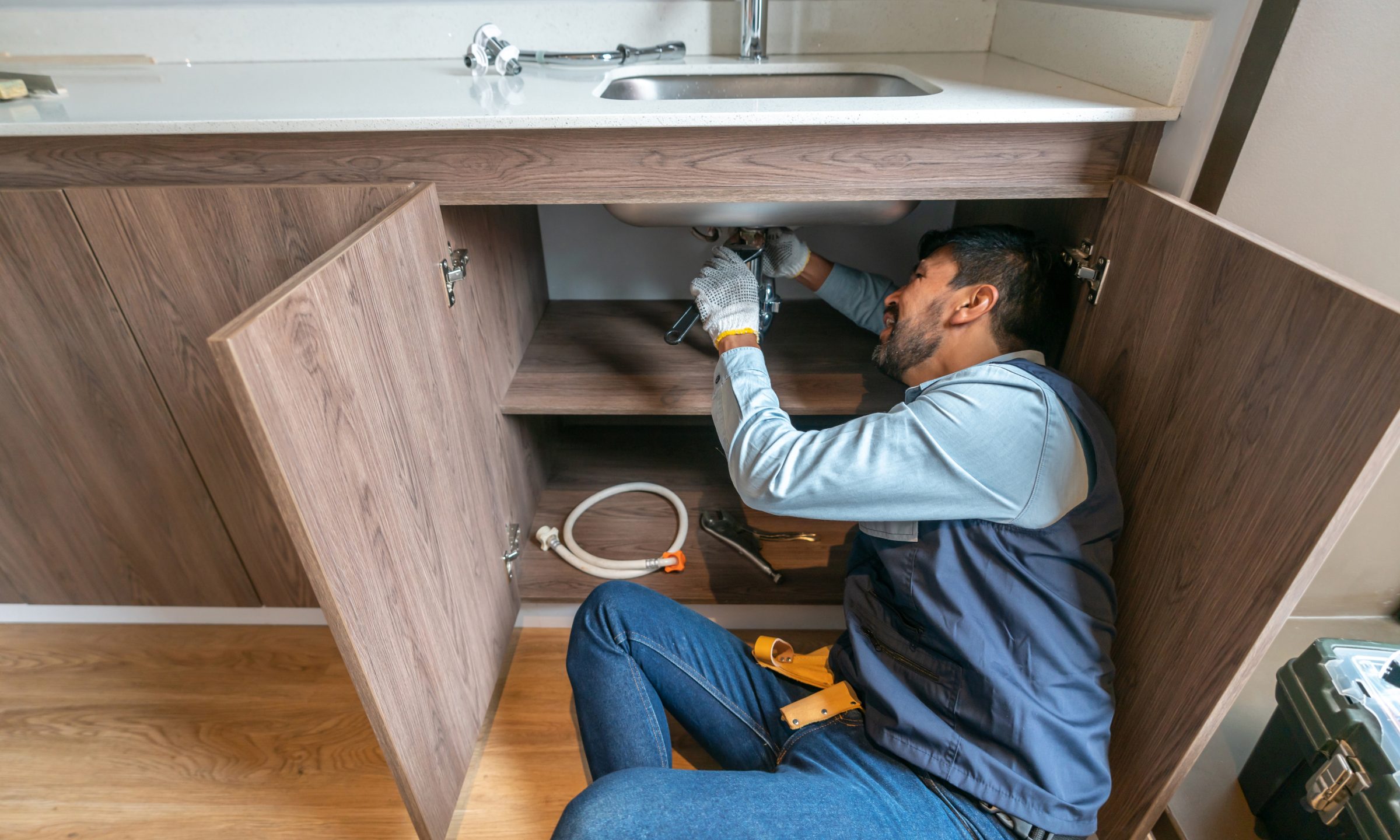We've encountered the article pertaining to Plumbing Maintenance Guide for Tenants listed below on the internet and decided it made perfect sense to relate it with you on my blog.

Handling pipes problems in rental homes efficiently is critical for maintaining lessee fulfillment and protecting the home's value. Whether you're a proprietor or a residential or commercial property manager, recognizing how to deal with these common issues can save you time and money while making sure compliance with legal duties. Below's a step-by-step guide on just how to manage pipes problems in rental properties.
File Whatever
Maintain detailed records of all reported pipes concerns and the actions taken to settle them. Paperwork ought to include days, descriptions of the trouble, communication with lessees, and receipts from professionals or plumbing professionals. This information can be vital for insurance cases, tax obligation reductions, and lawful security.
Use Qualified Professionals
Always use qualified and insured specialists for considerable pipes fixings and setups. This ensures that the job depends on code and can aid prevent responsibility issues in case of accidents or further damages. It additionally reassures tenants that repair work are being handled skillfully.
Establish Clear Interaction
Encourage tenants to report any kind of plumbing issues as soon as they take place. Supply multiple communication channels such as phone, e-mail, or an occupant site to make it simple for them to reach out. Prompt reactions to these reports can stop small issues from rising right into major troubles.
Educate Renters
Enlighten your occupants regarding what constitutes a plumbing emergency situation and what does not. Offer guidelines on just how to deal with minor concerns themselves, such as making use of a bettor to unblock a commode. Also, notify them regarding what they should stay clear of taking down drains to prevent clogs, such as grease, coffee grounds, and non-biodegradable items.
Routine Maintenance
Carry out a routine maintenance schedule for all pipes systems in your leasing residential properties. Normal checks can assist identify and solve problems like leaks, slow-moving drains, or corroded pipelines before they end up being serious. Think about working with a professional plumbing professional to examine the buildings each year or semi-annually.
Quick Reaction to Emergency Situations
Have a strategy in place for responding to plumbing emergency situations. This should include having the call information of reliable plumbing services that use 24/7 emergency situation fixings. Quick activity is essential to reduce damage in situations like burst pipelines or extreme leakages.
Preventive Upgrades
Think about upgrading older plumbing systems and components to extra modern-day, reliable designs. This can decrease the regularity and intensity of plumbing concerns and lower long-term upkeep prices. It's likewise a selling factor for possible renters that value upgrades and modern functions.
Tenant Move-Out Inspections
Conduct complete plumbing checks during move-out examinations to guarantee that any kind of issues are determined and dealt with before a new lessee relocate. This prevents disagreements with new renters over pre-existing conditions and guarantees the residential property remains in leading problem.
Understand Lawful Duties
Be aware of your legal obligations regarding pipes and general property upkeep. A lot of territories call for property owners to ensure their residential or commercial properties are habitable which all pipes systems are in good working order. Failure to address severe concerns quickly can lead to legal actions from renters.
Renter Reimbursements
If a pipes concern needs prompt attention and the lessee solves the concern by themselves, have a clear policy in place for compensating prices. Guarantee renters understand they must obtain prior approval for higher-cost fixings unless it's an absolute emergency.
Conclusion
Managing pipes problems in rental residential properties calls for a positive strategy and excellent interaction with lessees. By staying on top of maintenance, reacting immediately to emergencies, and utilizing competent professionals, landlords can keep their homes in exceptional problem and preserve excellent connections with renters.
How to Handle Water Damage in a Rental Property
What is Water Damage?
Water damage is harm or destruction caused by water entering areas where it is not supposed to be. It can be caused by a variety of sources and can manifest in different ways. The most common examples of water damage include:
Leaking roof Plumbing leaks Appliance malfunctions Poor drainage Flooding Sewage backup Condensation Tenant negligence HVAC system issues Frozen pipes Is water damage dangerous?
Water damage itself is not inherently dangerous, but it can lead to various hazards and health risks if not promptly and properly addressed. The severity of these risks depends on the extent of the water damage, the source of the water, and how quickly it is mitigated.
Some potential dangers associated with water damage include structural damage, mold and bacterial growth, electrical hazards, water contamination, and pest infestations. In situations where mold and mildew have gone unaddressed, mold can start to develop within 24-48 hours of water exposure, and this can impose a serious health risk to tenants. In particular, mold spores and damp conditions can lead to respiratory issues and even make existing health problems worse, such as allergies, asthma, or immune disorders.
Water Damage in an Apartment - Who is Responsible?
If the water damage is caused by the tenant’s negligence, the tenant is responsible for the cost of repairs. If the water damage is caused by a defect in the property, the landlord is responsible for the cost of repairs. If the water damage is a result of natural causes, such as excessive rain, then the landlord is responsible, since the water intrusion likely occurred due to a defect in the property. Landlord Responsibility water damage in rental property
Since maintaining habitability is the landlord’s legal responsibility, landlords are responsible for any resulting structural damage caused by water damage. These structural damages may include damage to walls, roofs, ceilings, and flooring. If water damage has affected the rental property’s original structure, the landlord is responsible for repairing or replacing those materials. Therefore, landlords should have property insurance that covers the structural components of their rental property so that they can receive help with the costs of covered events.
Preventative measures can also help landlords avoid massive renovations. Preventative maintenance may include conducting regular inspections to identify and address potential water damage before it becomes a major and urgent problem.
If a landlord fails to meet their responsibilities regarding water damage, it can lead to legal disputes and potential liability. Tenants who believe their landlord is not addressing water damage issues in accordance with California law can seek legal advice or contact local housing authorities for assistance.
https://www.goodlifemgmt.com/blog/water-damage-in-a-rental-property/

As a person who reads about How to Handle Plumbing Issues in Rental Properties, I think sharing that information was really helpful. Sharing is nice. Helping others is fun. We cherish your readership.